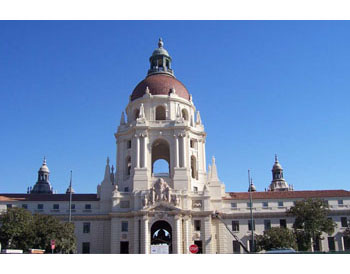When you have a need for fast and reliable merchant processing in Pasadena, we are ready to come to you. Wherever you are in Pasadena, our staff is ready to instantly help you get going with credit card processing and merchant services to help your small business succeed and accepting payments without any glitches.
Our merchant processing services include the following:
- Free Credit Card Machines
- Virtual Terminals
- Gateway Services
- Online Gateway
- Authorization Credit Checks
- Swift Authorization
- Instant Help & Support
About Pasadena
Pasadena is a city in Los Angeles County, California, United States. As of 2010 United States Census, the population of Pasadena was 137,122, making it the 180th-largest city in the United States, down from 168th place in 2009.[2] Pasadena is the ninth-largest city in Los Angeles County, and on June 19, 1886, became the fifth to be incorporated in Los Angeles County, after Los Angeles (April 4, 1850), Anaheim (February 10, 1870) and Santa Ana (June 1, 1886); the latter two moved to Orange County after its separation from Los Angeles County in 1889. It is one of the primary cultural centers of the San Gabriel Valley.
The city is known for hosting the annual Rose Bowl football game and Tournament of Roses Parade. In addition, Pasadena is also home to many scientific and cultural institutions, including the California Institute of Technology (Caltech), the Jet Propulsion Laboratory,Fuller Theological Seminary, Art Center College of Design, the Pasadena Playhouse, the Norton Simon Museum of Art and the Pacific Asia Museum.
The 2010 United States Census[5] reported that Pasadena had a population of 137,122. The population density was 5,928.8 people per square mile (2,289.1/km²). The racial makeup of Pasadena was 76,550 (55.8%) White, 14,650 (10.7%) African American, 827 (0.6%) Native American, 19,595 (14.3%) Asian, 134 (0.1%) Pacific Islander, 18,675 (13.6%) from other races, and 6,691 (4.9%) from two or more races. Hispanic or Latino of any race numbered 46,174 persons (33.7%). Non-Hispanic Whites were 38.8% of the population,[6] down from 70.4% in 1970.
The Census reported that 133,629 people (97.5% of the population) lived in households, 2,472 (1.8%) lived in non-institutionalized group quarters, and 1,021 (0.7%) were institutionalized.

